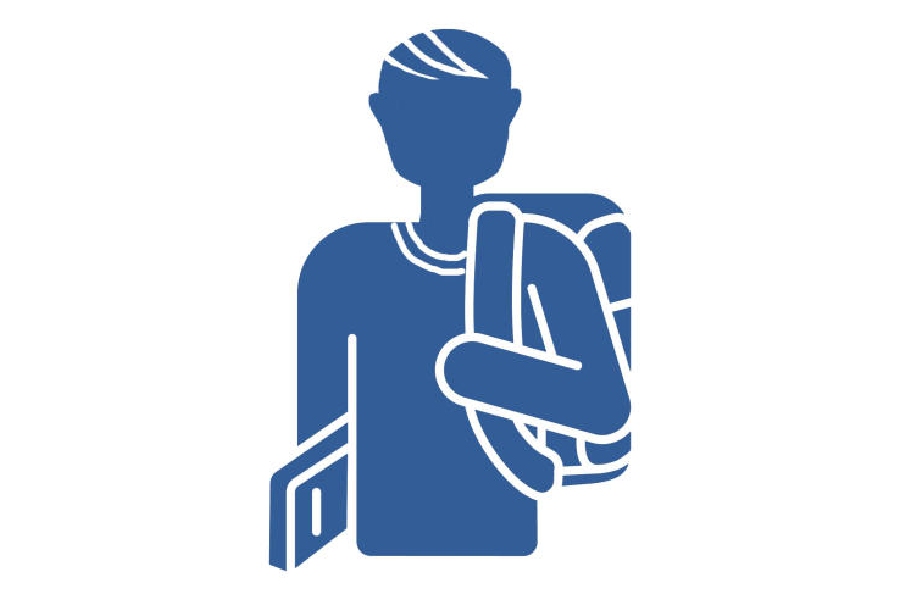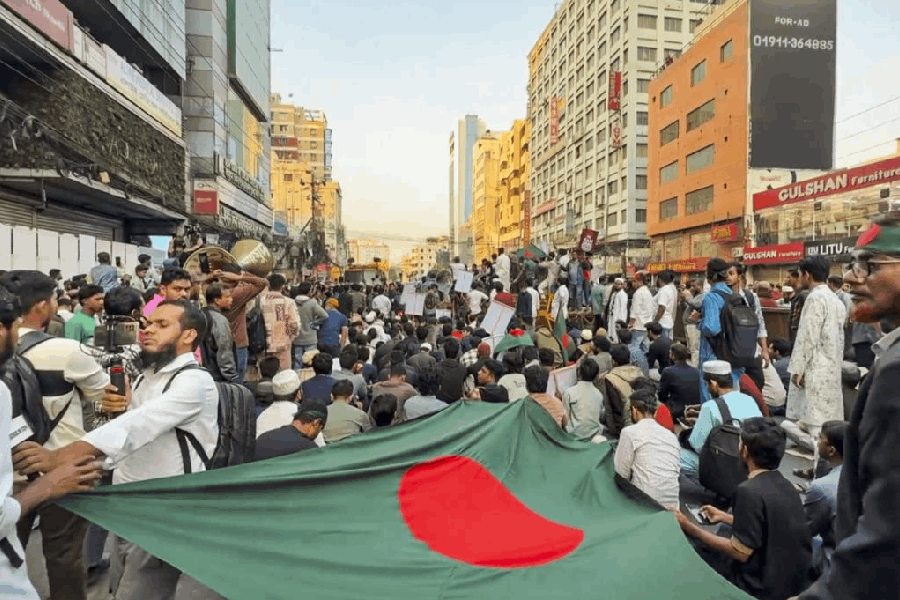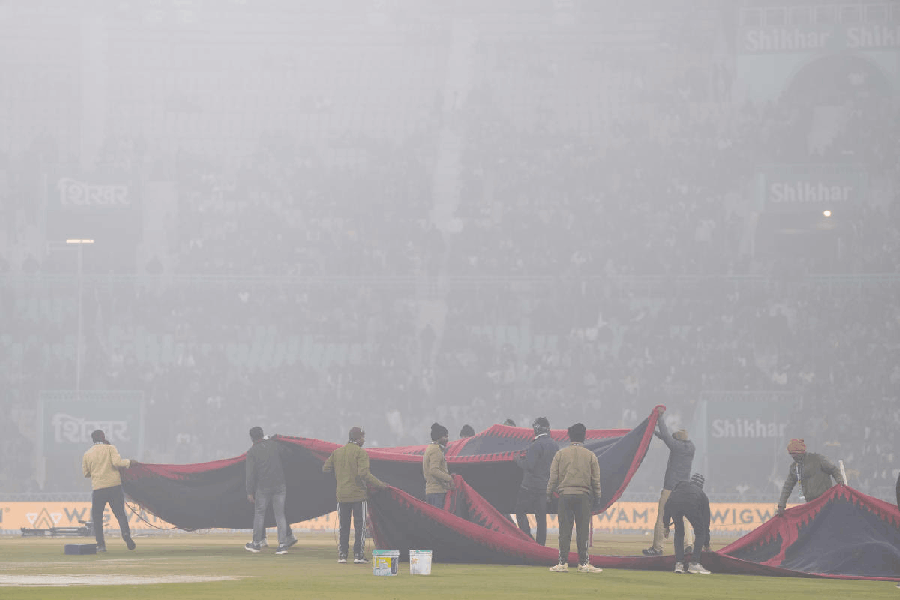The humble school bag has shed some of its oldest companions. The dictionary, the atlas and, alas, the storybook have quietly disappeared. No one seems to miss them.
Schools don’t prescribe them anymore, and children, adept with tablets and smartboards, don’t see the need.
“We have to accept that education has changed and some tools have become outdated,” said Tina Servaia, senior school principal, Calcutta International School. “I can see the value of a dictionary, but convincing a kid is difficult because, for them, ease wins over.”
Here’s a look at what has vanished from a child’s school bag — and what’s been lost in the process.
1. The pocket dictionary
Once a must-have, the pocket dictionary is now almost extinct. Children no longer flip through its pages to find a meaning — they simply type or, more often, ask online.
A mother of two — a son in Class VII and a daughter in Class III — sees the shift even between her own kids. “The elder one still types a word online. The younger one won’t even do that — she uses voice search,” she said.
In some schools, even when dictionaries exist, they stay in lockers, rarely touched.
“Before the Covid pandemic, the use of a physical dictionary was still there,” said Nupur Ghosh, vice-principal of Mahadevi Birla World Academy. “But in the past four years, it has drastically gone down. As a result, children are less familiar with alphabetical order — something they should know in junior school,” she said.
Teachers now often project word meanings on the smartboard.
“Looking up a dictionary taught students more than just one meaning. They would stumble upon many new words on the way. That doesn’t happen anymore. The meaning is just a click away,” said Jessica Gomes Surana, principal of
Birla High School, Mukundapur.
One mother recalls her surprise when her Class II daughter asked, “What’s a dictionary?”
“I was almost embarrassed,” she said. “But then realised it’s not her fault. She doesn’t carry one to school, and at home, our dictionaries are tucked away in cupboards.”
Still, some educators refuse to give up completely. Ghosh of Mahadevi Birla insists her Classes III-V must have at least four or five dictionaries in the classroom. “When I give them the first two letters and ask for words, most can’t go beyond a four-letter one. Using a dictionary makes them encounter new words by default,” she said.
2. The atlas
Once upon a time, students huddled over an atlas to find the Andes or trace the Amazon. Today, interactive smartboards have replaced those shared discoveries.
“We don’t prescribe the atlas anymore,” said Reshma Bhattacharya, principal of Indus Valley World School. “Digital content is uploaded on the smartboard. Teachers use the interactive board for map pointing.”
But something vital is lost, she believes. “Children no longer browse through maps unless it’s part of a chapter. With a physical atlas, they would flip through pages and discover more — that rarely happens online.”
Exposure to different kinds of maps and learning about natural vegetation, soil, and minerals is disappearing, Bhattacharya said.
For schools, though, modernisation feels inevitable. “Times have changed,” said Koeli Dey, principal of Sushila Birla Girls’ School. “We can’t blame children if they don’t find an atlas interesting. The interactive board can take you anywhere, any country, any forest, more vividly than a flat page ever could.”
3. The storybook
Once hidden inside a maths book, the unfinished story from yesterday used to be a small act of rebellion. Now, if students sneak something into class, it’s not a storybook, it’s a smartphone.
“We sometimes confiscate mobile phones,” said Meena Kak, director of Lakshmipat Singhania Academy. “But we no longer catch students reading novels or storybooks in class or outside. They don’t read from physical books anymore.”
Even during free periods, senior students who are allowed to carry phones for projects are often seen scrolling. “All their reading is online. In fact, many ask why they even need a textbook when everything is available online,” Kak said.
Teachers admit it’s nearly impossible to monitor phone use. “How much can you police them?” one teacher said.
Schools feel they must move with the times. Yet, with every upgrade, a quiet sense of loss lingers.










